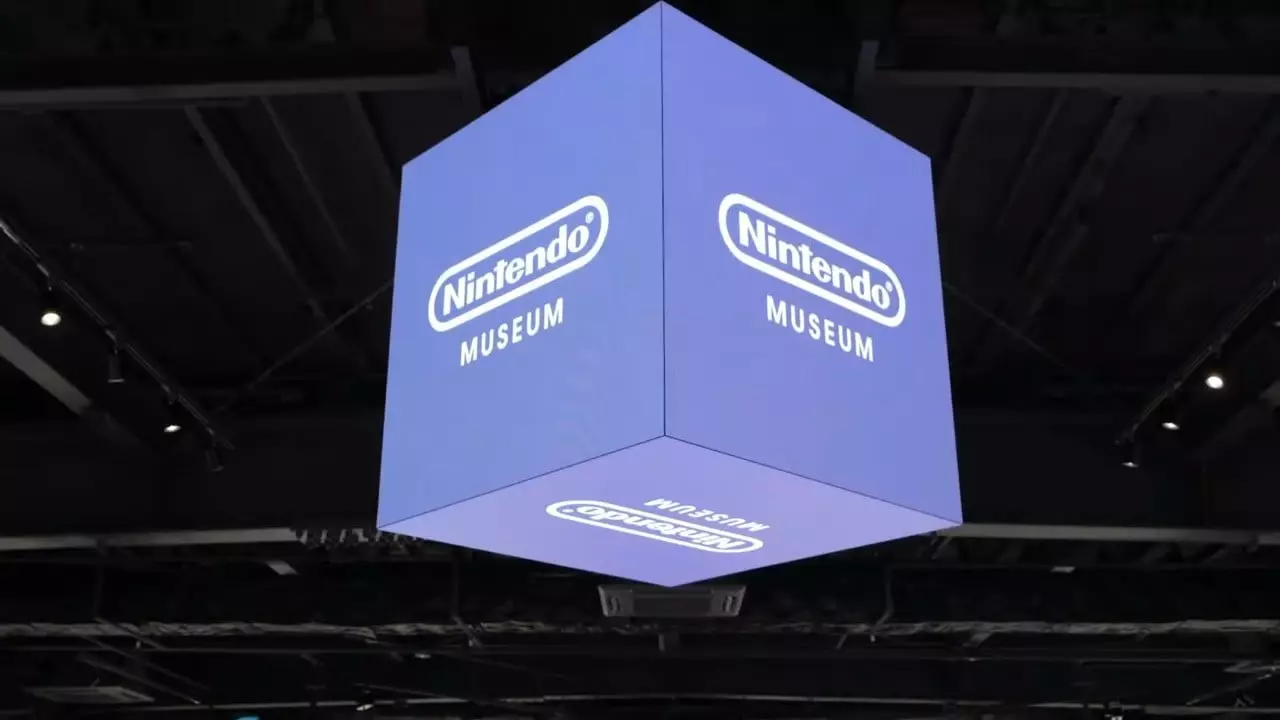The recent opening of the Nintendo Museum in Japan has captured the attention of fans and critics alike, stirring a blend of impressions that range from delight to disappointment. As the museum showcases its playful homage to Nintendo’s storied past, it simultaneously raises questions about the essence of museums in the digital age, the preservation of gaming culture, and the balance between entertainment and education.
Reviewers from various outlets have embraced the joy and nostalgia that the museum evokes. The Guardian, for instance, emphasized the sentimental value encapsulated within the various exhibits, remarking on the charming details interspersed throughout the space—such as the hidden Pikmin and miniature motorcycles from Excitebike. This deliberate design approach aims to create an enchanting experience that tends to ignite fond memories for anyone who grew up with Nintendo. As such, visitors who have even a faint attachment to the brand are likely to find a path paved with nostalgia, making the journey worthwhile despite the operational lottery for tickets.
Interestingly, the playful tone of the museum is echoed in Forbes’ description as “thoroughly magical”. With a myriad of gaming boxes artfully arranged, including some bearing history in the form of old price tags, the exhibition incites reflections on the evolution of gaming culture. The tangible remnants of the past serve not only as a catalog of nostalgia but also as a reminder of the challenges associated with maintaining pristine artifacts. Such thoughtful enhancements cultivate an appreciation of gaming’s legacy—but they are, arguably, more aesthetic than informative.
Despite the charm and engaging atmosphere, several critiques have surfaced regarding the museum’s approach to education. The Japan Times pointed out a significant shortcoming: the limited explanations accompanying many exhibits. This minimalist approach, intended to foster personal interpretations, neglects an opportunity for deeper learning and appreciation of the contributors behind Nintendo’s iconic creations. Lacking a pronounced tribute to pivotal figures like Shigeru Miyamoto or Satoru Iwata, the museum risks alienating visitors who thirst for context and history, instead offering what some critics perceive as an incomplete narrative.
While fun and excitement are undoubtedly part of a visit to the Nintendo Museum, there is an inherent tension between entertainment and educational value that the museum navigates, albeit clumsily. Reviewers from platforms like IGN and The Verge have commented on this dichotomy. While IGN acknowledges the lack of rare historical artifacts as detracting from the conventional museum experience, The Verge noted a slick presentation without delving into the complex human narratives that shaped the brand. The museum’s design may succeed in captivating fans, but discerning visitors could walk away feeling that their thirst for understanding the heritage of the company remains unsated.
Visitor experiences, as noted by GameSpot, are highly subjective and reliant on personal investment. A devoted fan may find the museum a touching tribute, while a more casual visitor might view it as lacking depth. This variability raises essential inquiries into the effectiveness of such institutions: how do we reconcile the desire for playful engagement with the need for preservation and education? The museum presents an enticing premise, yet the experience is fraught with expectations that differ widely among visitors.
Ultimately, the Nintendo Museum stands as a testament to gaming’s increasing legitimacy as a cornerstone of cultural history. However, it also invites us to ponder what a museum truly represents in today’s context. Are these establishments mere funhouses for nostalgia, or do they possess the potential to educate and document legacies thoroughly? The Nintendo Museum, with its whimsical exhibitions, opens dialogue about the nature of collections in modern times. For fans and enthusiasts, the question now is whether the magic of nostalgia can substitute for a deeper understanding of the gaming universe that has nurtured countless memories.

